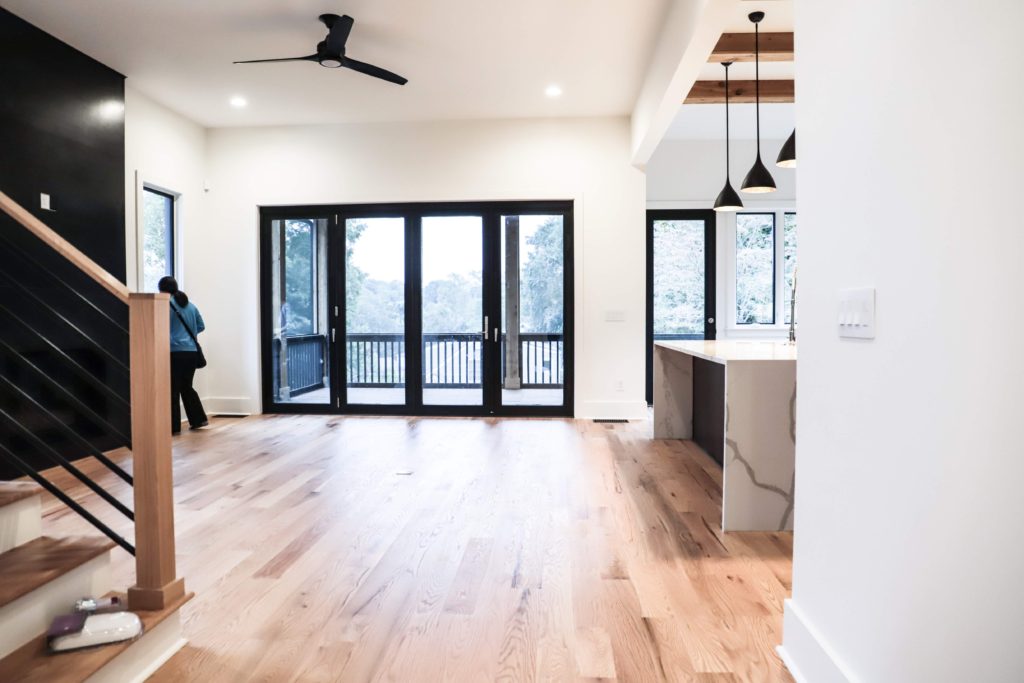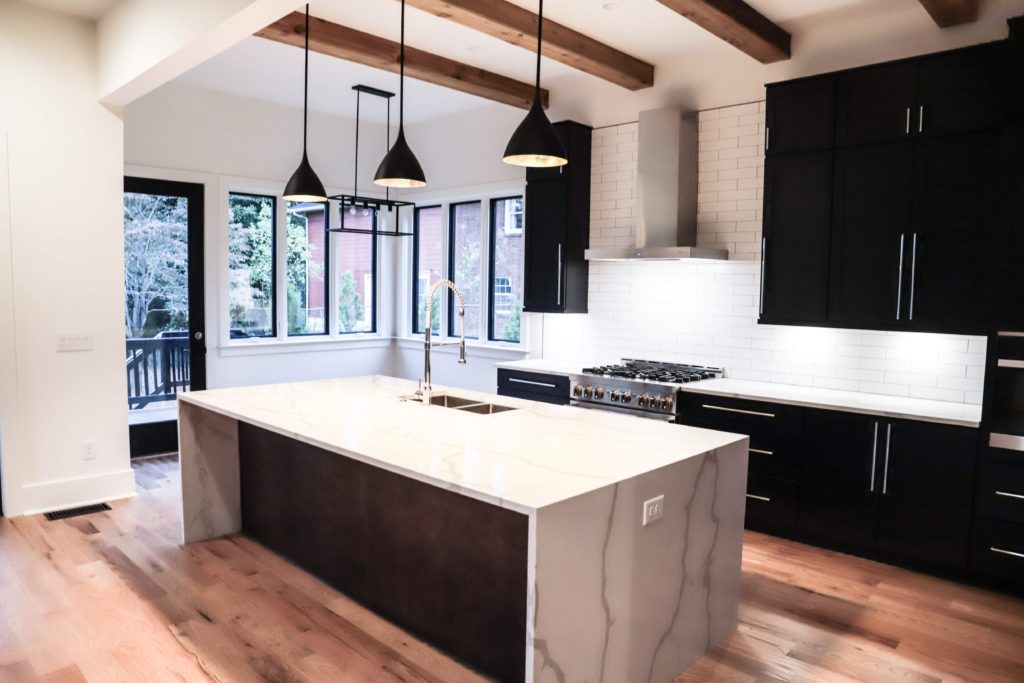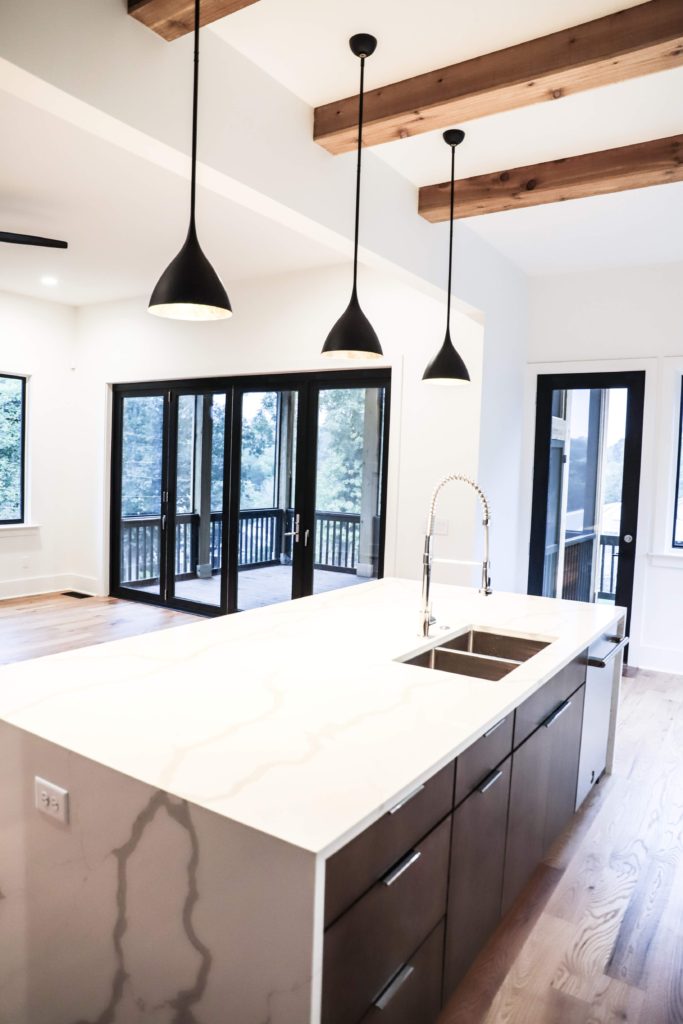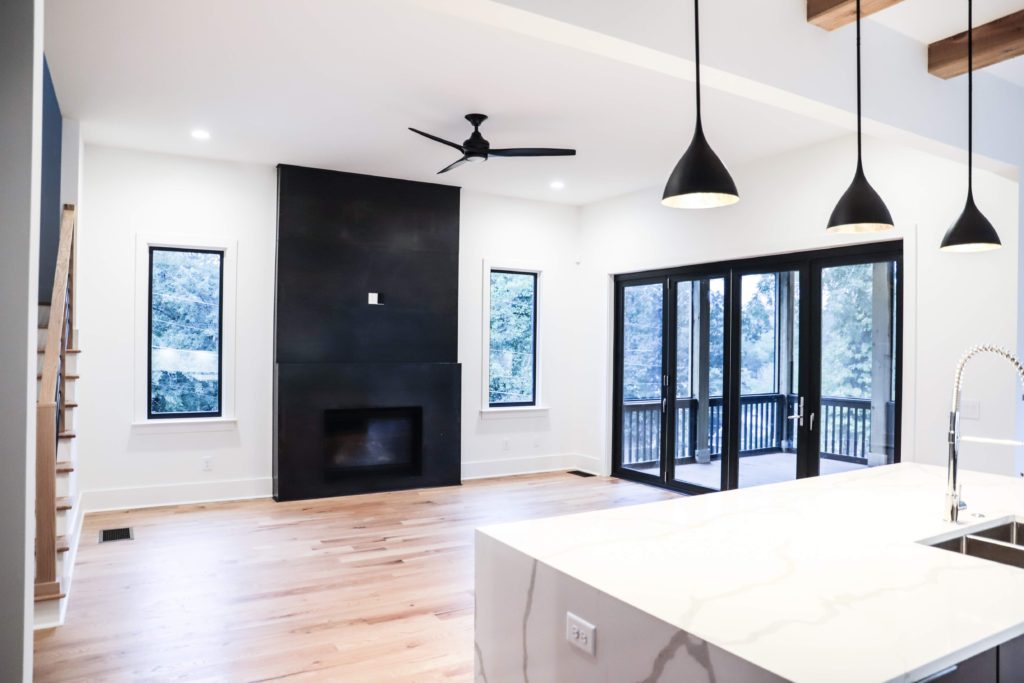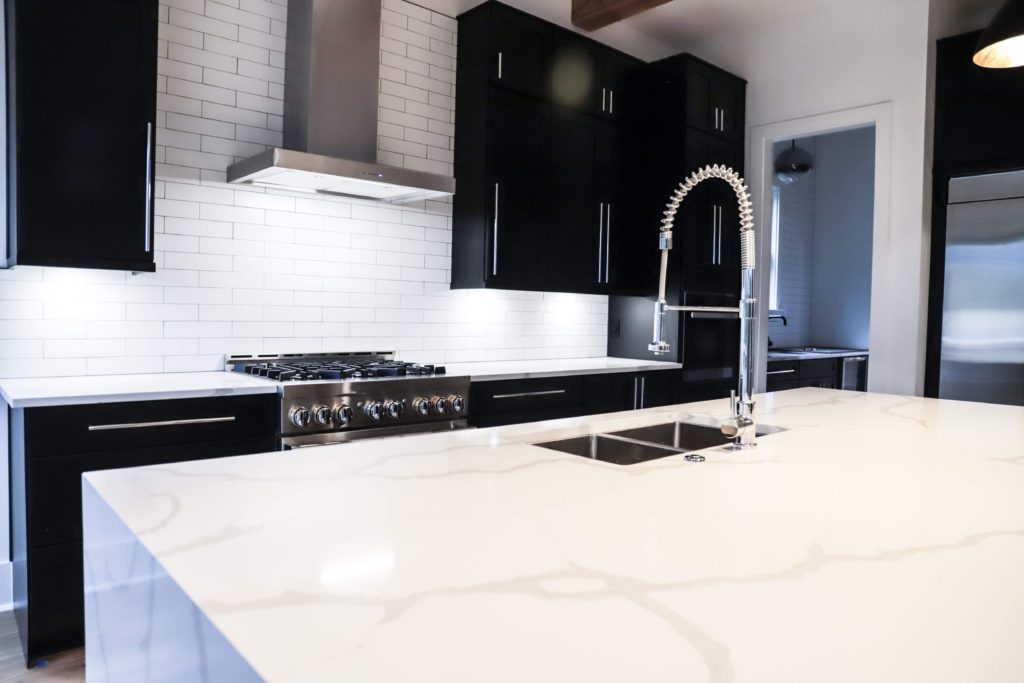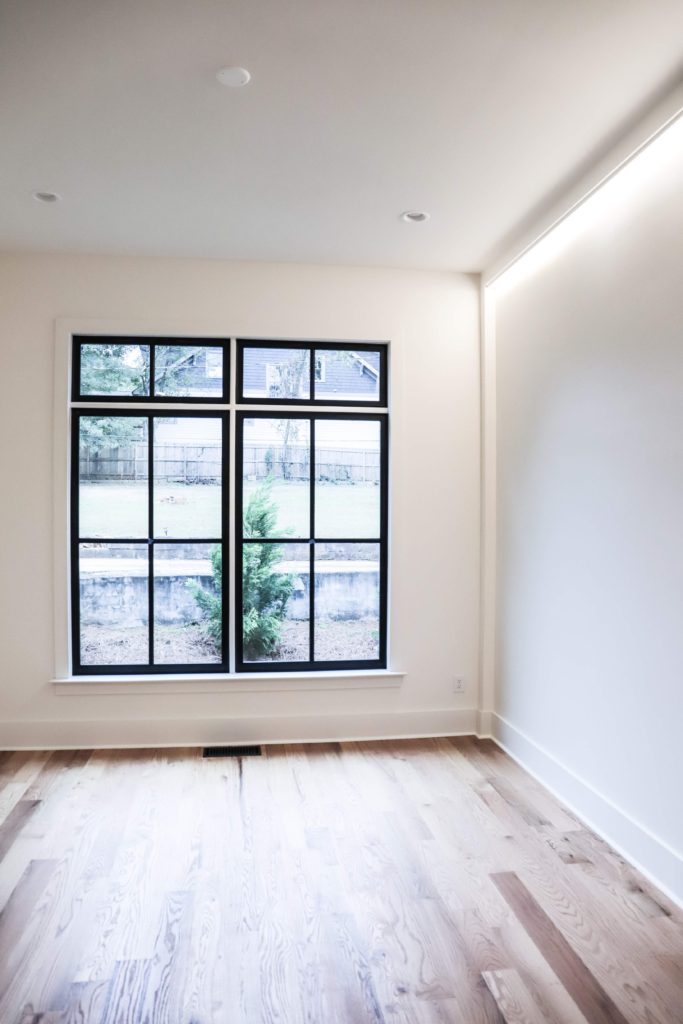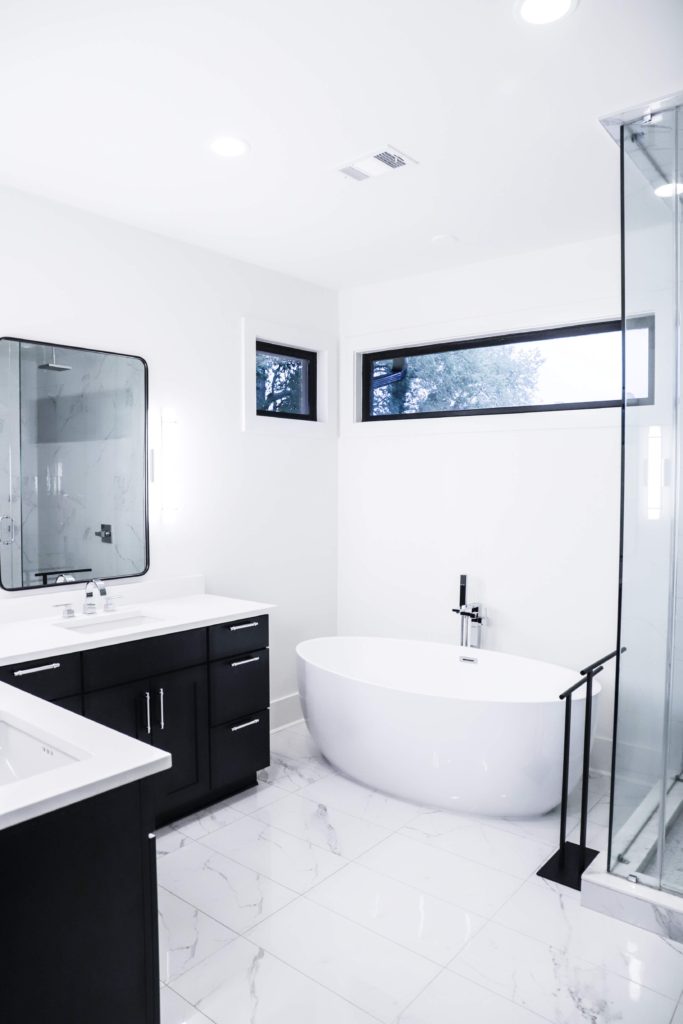What does it mean to build your own home?
It’s not an easy process. It’s long and arduous with as many roadblocks as main street has traffic lights. Each arising to stop you from achieving your goal. Building a home that serves you requires determination.
Knowing it’s hard, what does it mean to you? How does it feel to live in a home tailored to fit your lifestyle?
A home designed around your unique vision of what life could be. One that enhances your lifestyle.
We all have dreams of how life could be. We see ourselves, one day, in a home designed around us. But, what makes a home unique to you? Is it the finishes? Is it the number of bathrooms? Or is it something more?
I’m here to say, it’s much more! It’s the setting for your story.

Over the course of a year we designed this home. Refinements until it was ideal for the home owners. To be honest, not all homes take this amount of time.
They are a young couple with two boys. Both entrepreneurial people. Go getters with lots of vision and drive for their lives.
During some of the interview questions I asked them how they see their day. Several unique answers guided me with how they wake each day and spend each morning. They focus first on achieving goals and personal growth. Setting and planning their day for success.
They are goal achievers. What drives them?
Their story starts with a morning routine. “It’s important to take time to think. To collect thoughts and take in the affirmations of the day.”
Like each day every design has a starting point. In my process the design starts with the site. It’s constant and the largest constraint. The site will guide you to make decisions that lead to a more successful design.
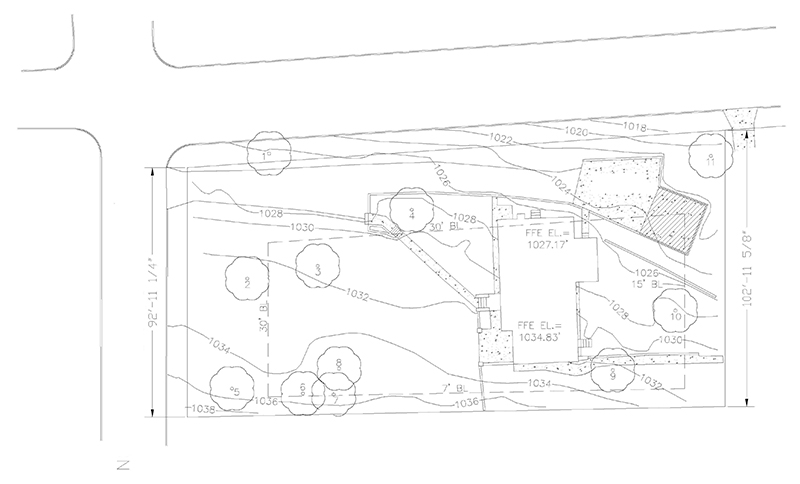
I begin with looking at setbacks. The corner lot offered views from the home. A feeling of openness, but with that a unique challenge of privacy.
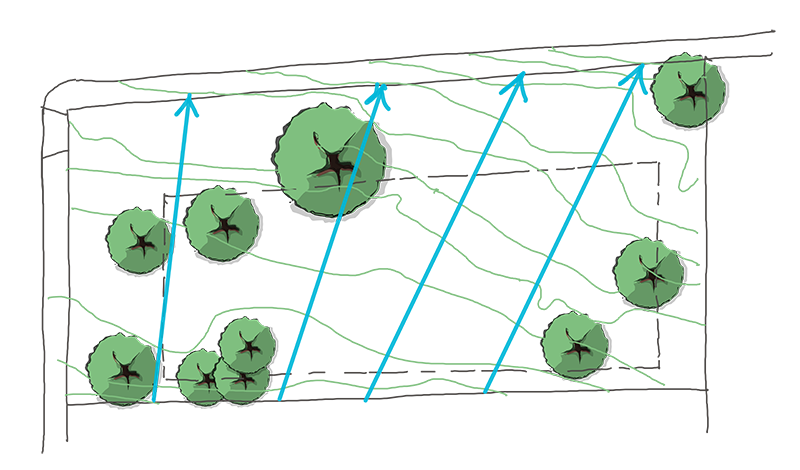
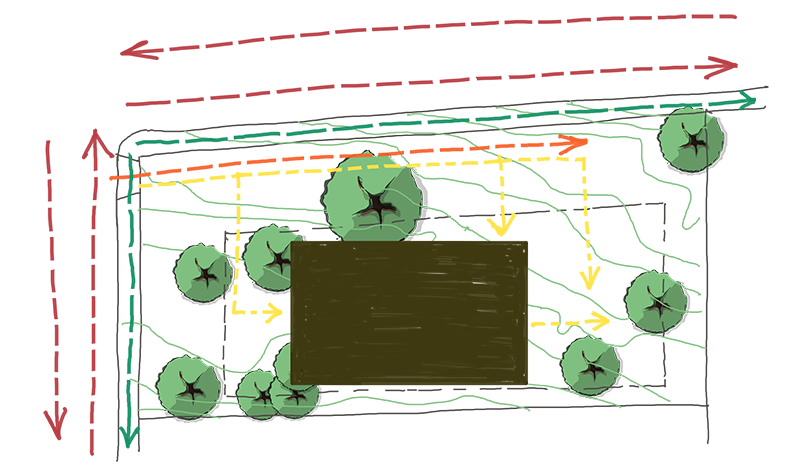
As with most homes we want a certain level of privacy. This is especially true in this very urban area of the city. The lots were small and the homes were close. This lot was the exception. It was large for this neighborhood. Almost double the average.
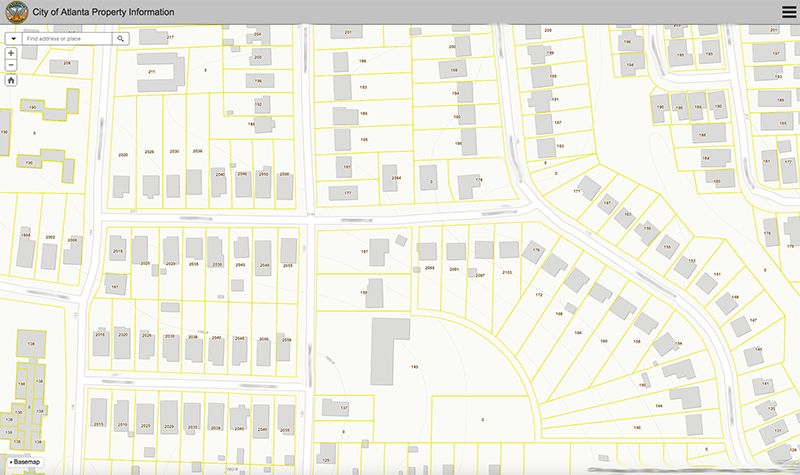
Over two hundred feet of corner property. An existing home stood on the land. A two story ranch style, recessed into the ground. With poor foundations, the home needed massive repairs. We decided to remove it.
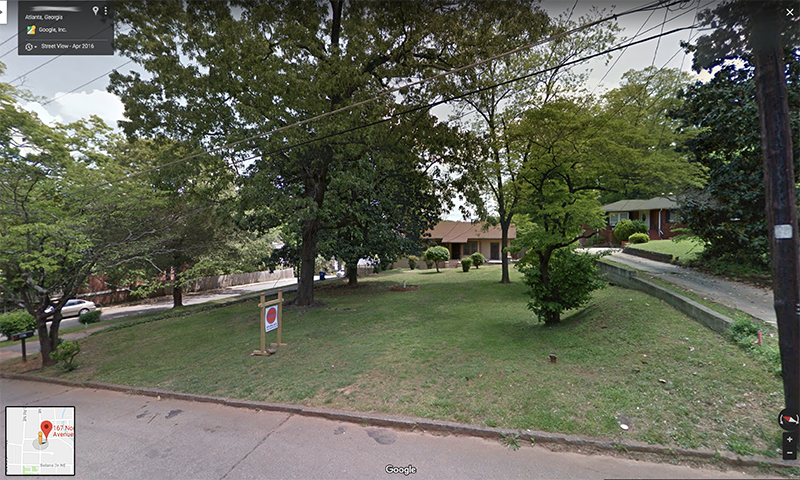
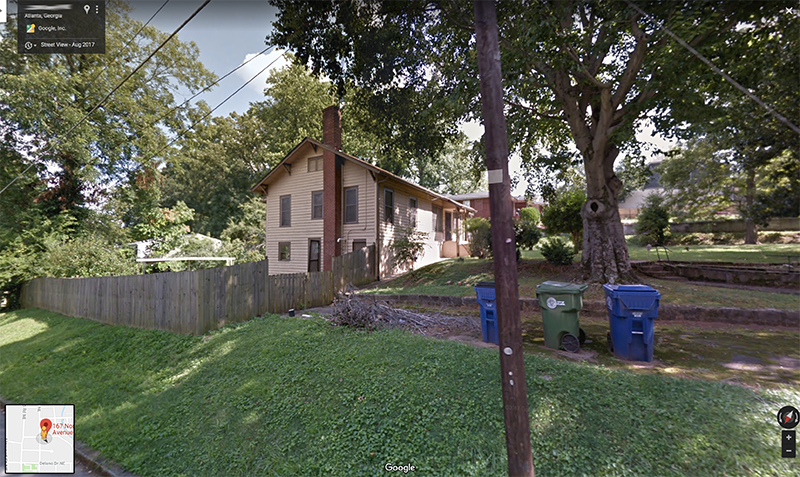
Demolishing the home allowed us to re-position, gaining more backyard. Pulling the home forward forms a more natural streetscape. More in character with the existing homes in the neighborhood. The positioning of the home achieved the first goal. Which was to have an expansive rear yard for the boys to play.
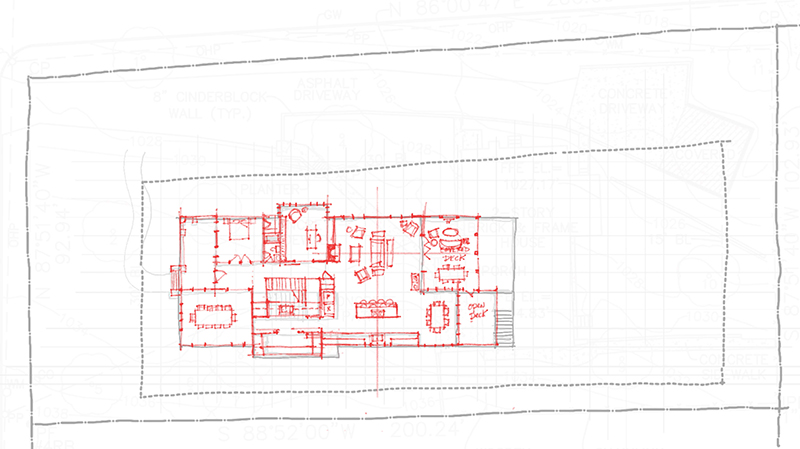
As I mentioned, I start with the site. I study topography and water flow over the site. I study sun patterns and movement of light.
The home is within a dense urban area. The streets are older and tighter with homes located closer to the street. Approaching the intersection from the South there is no stop. This makes the North/South Traffic much denser.

Heading North you can turn right at the intersection and head to the back of the property.
The site topography is dramatic for an in-town residential lot. It drops over 8 feet from North to South. This being the short dimension of the lot with the long leg of the rectangle running East and West.
Next, I studied the light conditions.
The lot will set itself up. I like to think the house and its location will find a balance with one another. They will guide each other.
If you study the light patterns of a site, you’ll find the spaces start to locate themselves. The light will guide your direction.
The kitchen and breakfast room will gravitate towards the Eastern side of the home. To capture morning light.
The dining will gravitate to the West to capture evening glow. Setting the atmosphere as you dine with guests. The other parts of the home fall into place as well.
The office gravitated towards the north. The parking tucked under the earth, and the basement became exposed to the backyard. Taking full advantage of the topography. The stair running up the center of the home lead to the master and two bedrooms. A full laundry and loft area.
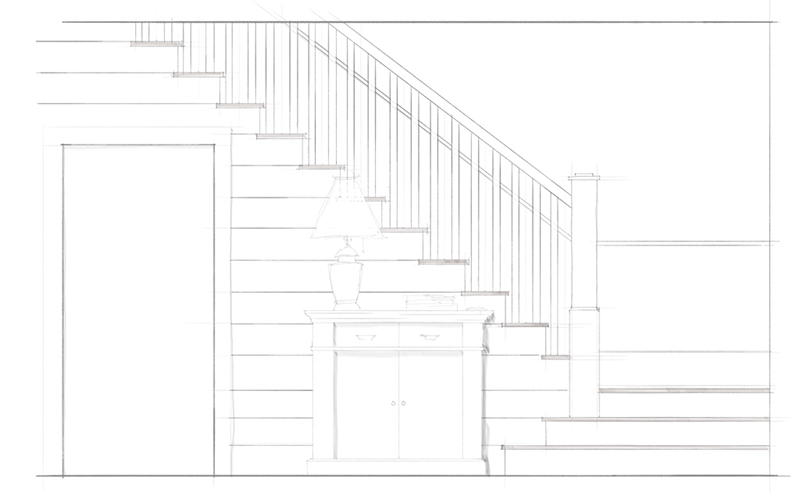
The home was taking full advantage of the site and the owners vision of the spaces.
But let me back up.
Before actually locating rooms on the site, we have to understand what we are planning for. How will those functions relate?
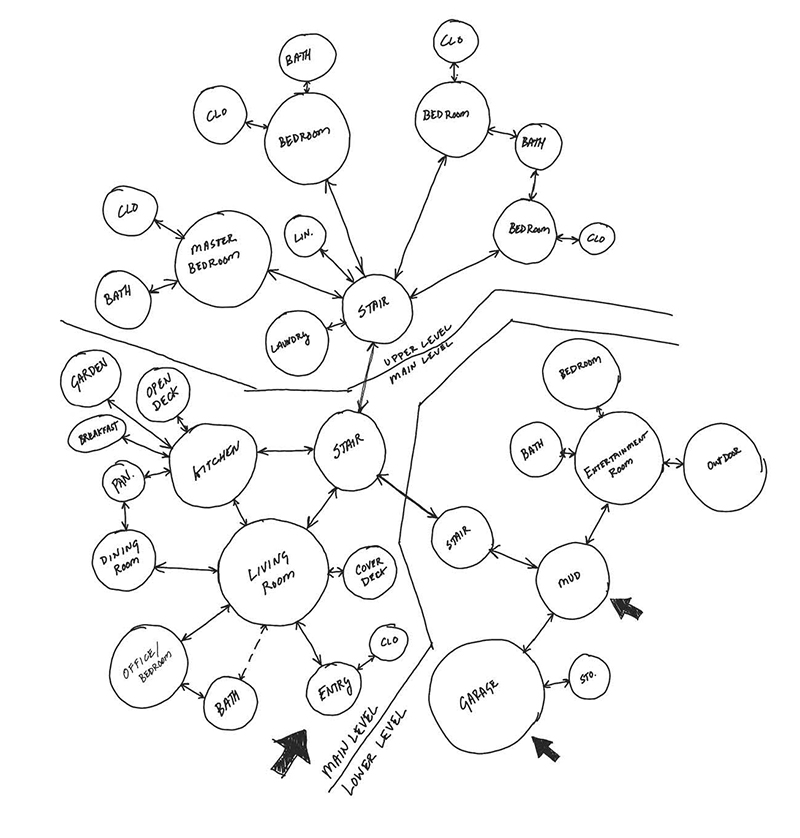
After study of the site, I begin diagramming functions. How will functions overlap. What’s dependent on something else? Based on the questions and discussions with the clients, how will they use the home?
What were their goals during the discovery phase and how can we create a program to meet those goals.
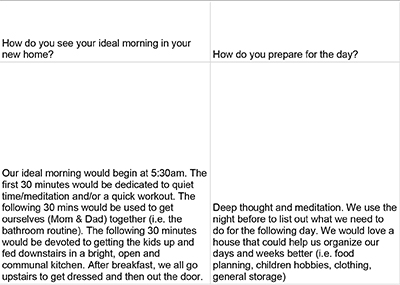
Think about it in a series of levels. How might these functions separate? How are the levels connected? Where is the best location for that connection?
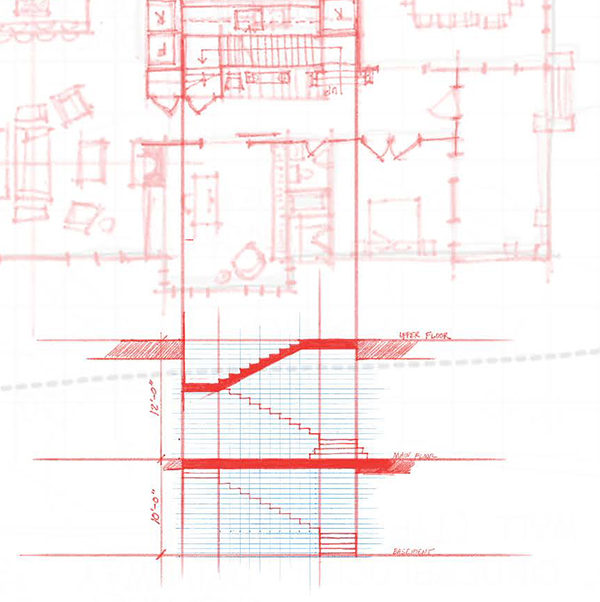
The size of the bubbles is not important, begin to form relationships. The organization of space and connections will have to fit on the site.
Study the relationship and constraints of the topography. Understand the local jurisdiction requirements guiding decisions. How will they access their home? Will the driveway move? To determine if it should move, I performed a driveway study. Taking any element of the site for what it currently is might be a missed opportunity.
The spaces start to work within the site. The functions organize themselves. Each has a desired orientation to the sun and the adjacent user group.
This all happens over a series of diagrams. Each becoming more refined in the schematic design phase.
The spaces are coming together. Scale is being developed. To determine the scale we developed a program. The program ensures the size of rooms and square footage correlate.
I took the square footages discussed in early meetings to create a budget. With each stage we adjust. So moving into schematic design, we started to refine the size and layout.
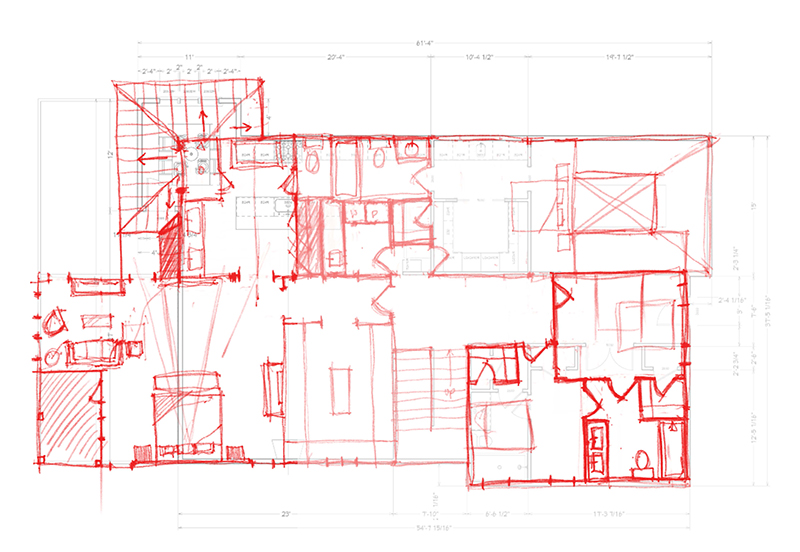
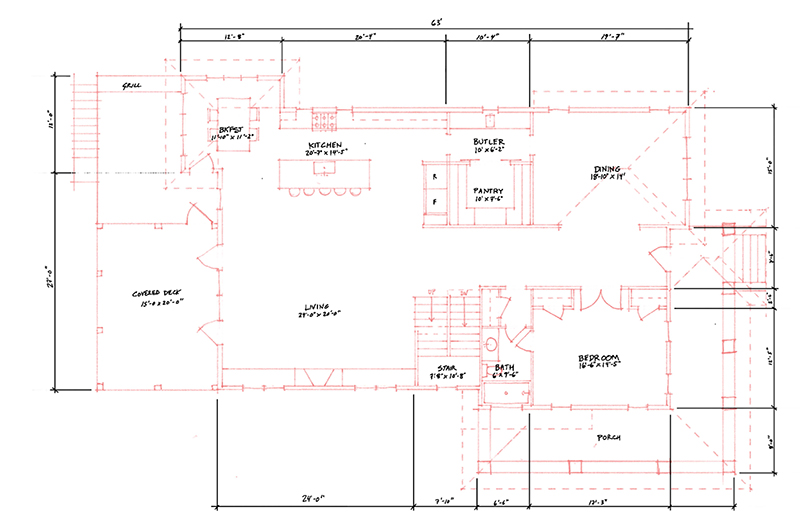
We revised the plans to ensure the relationship of spaces were strong. They started to envision themselves living in the house. They could visualize coming in from the day. Sitting down for dinner. Having conversations and entertaining friends.
Through many iterations and decisions the spaces started to come together. The plan started to evolve. I shaped and moulded the spaces with the site constraints. Nestled it back into the site.
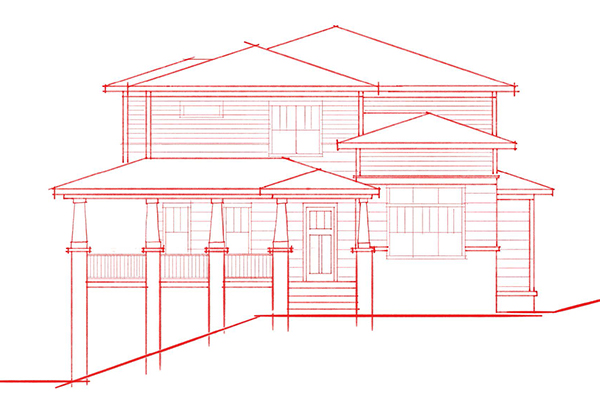
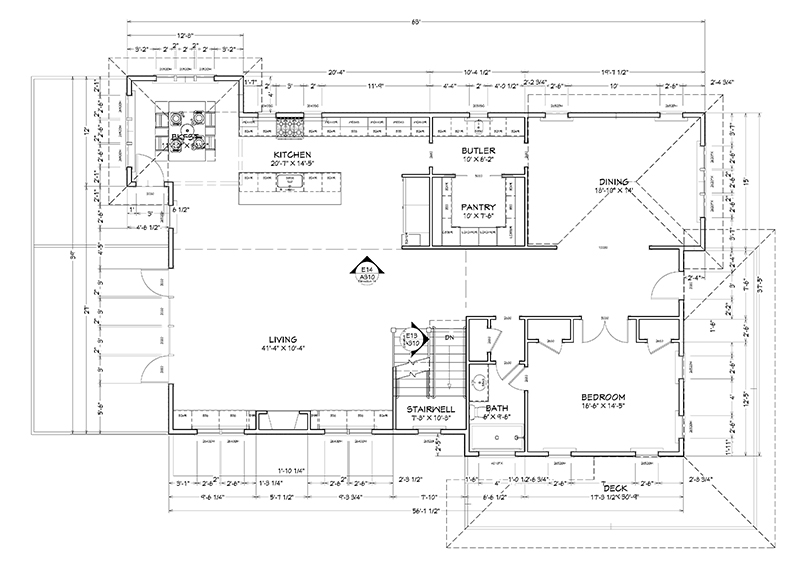
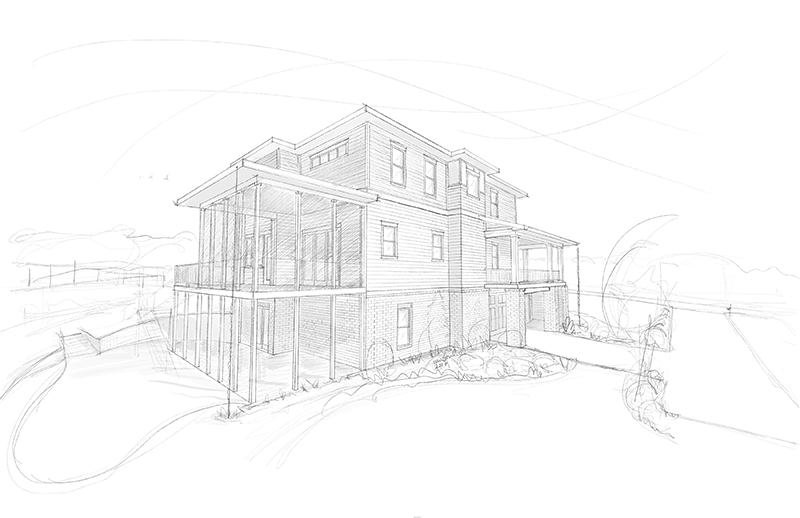
The home transformed into something uniquely their own.
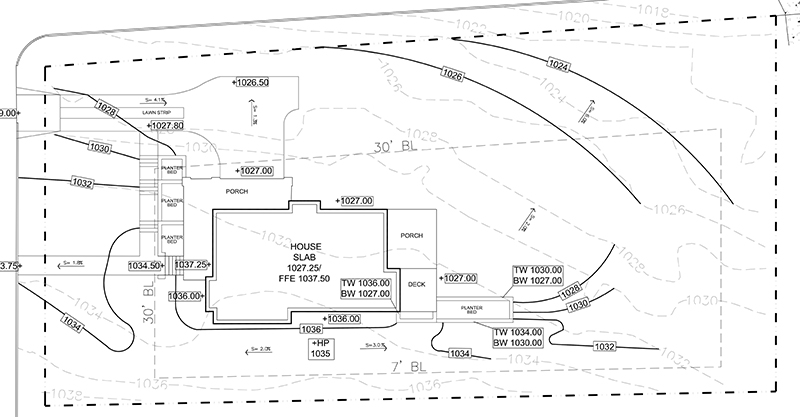
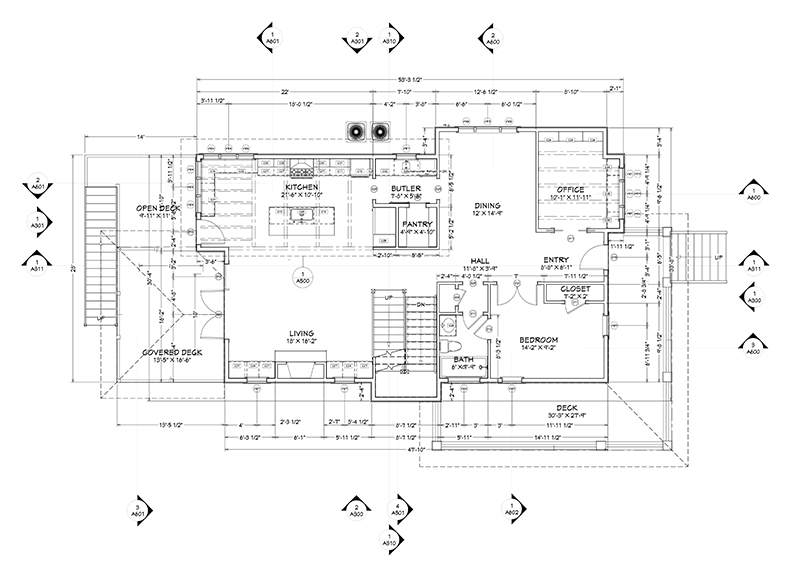
Under Construction
The construction has started and the first step after removing the existing home was to perform a rough grading. You can see that a good amount of dirt is being remove to allow for the new basement level. The foundations will be staked out by a surveyor and the footings will begin to be formed and poured. After the walls are in the site will be re-balanced to level out these large mounds of soil.
The foundation is complete and the framing of the basement level is currently in progress. You can start to see the house taking shape.
Now that the foundation is complete the structural framing goes up. This is a walk through of the house with 95% framing completed. We walked through the house with the owner, the contractor, and electrician. Discussing all the locations of outlets and switches. Light placements etc. You can really see the house taking shape now that the framing is complete.
After years of design and construction, the home is complete.

Interior Photos
